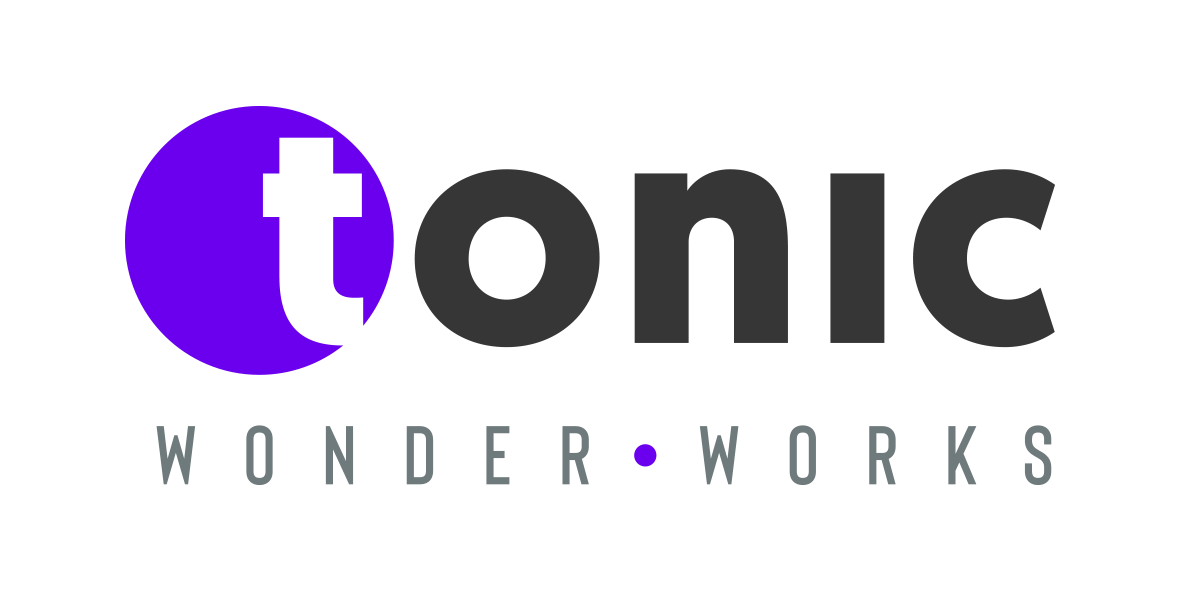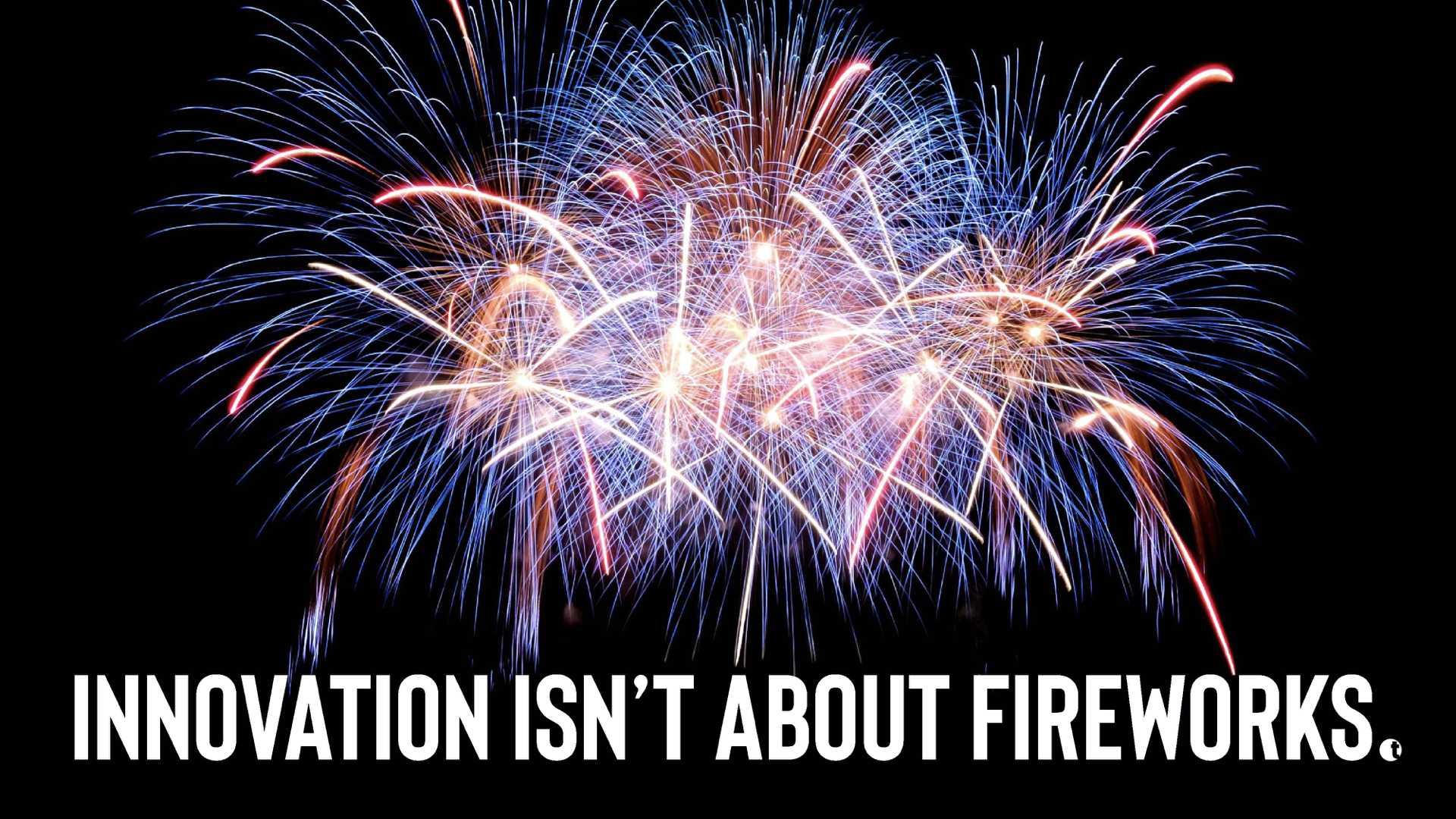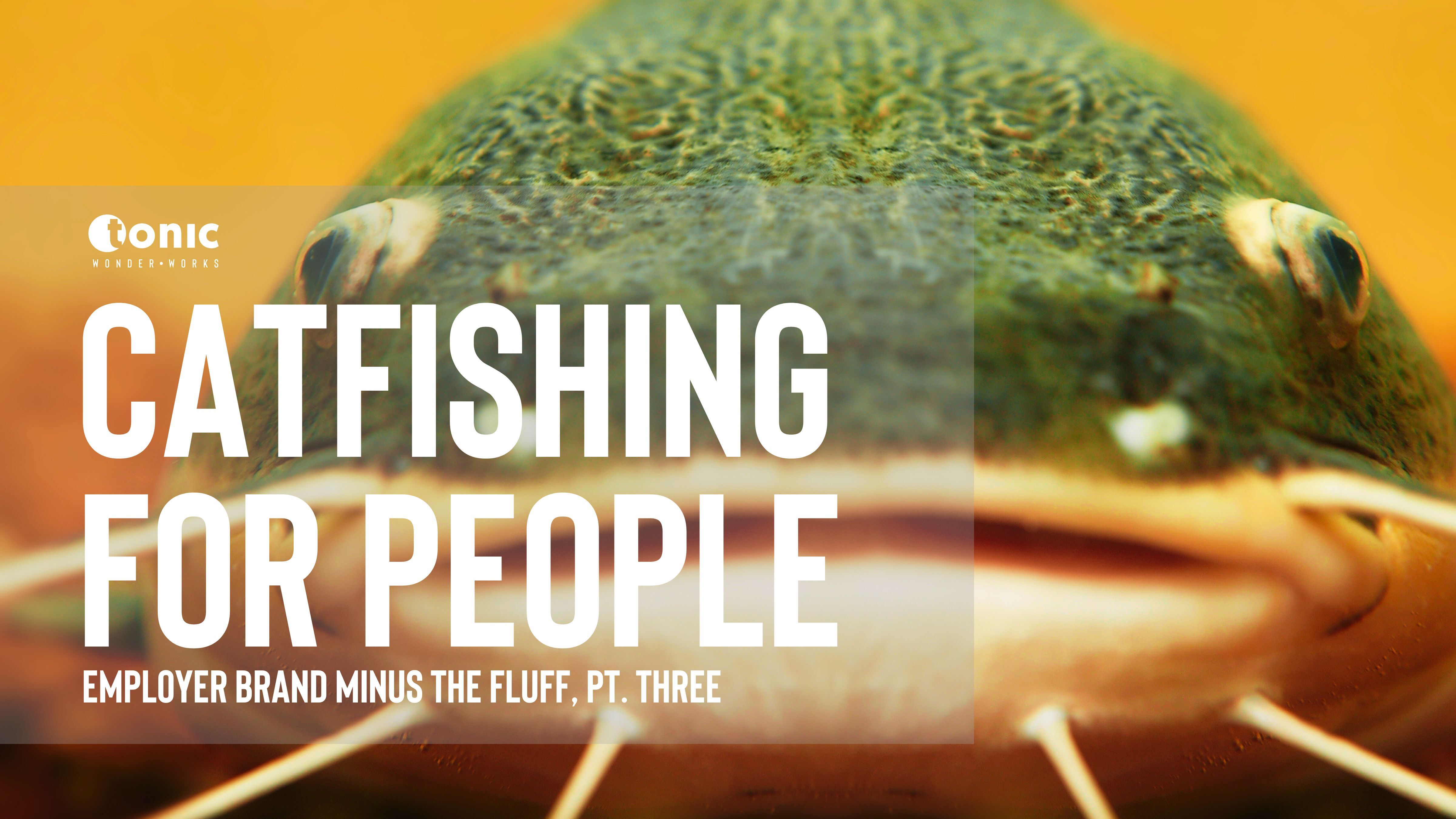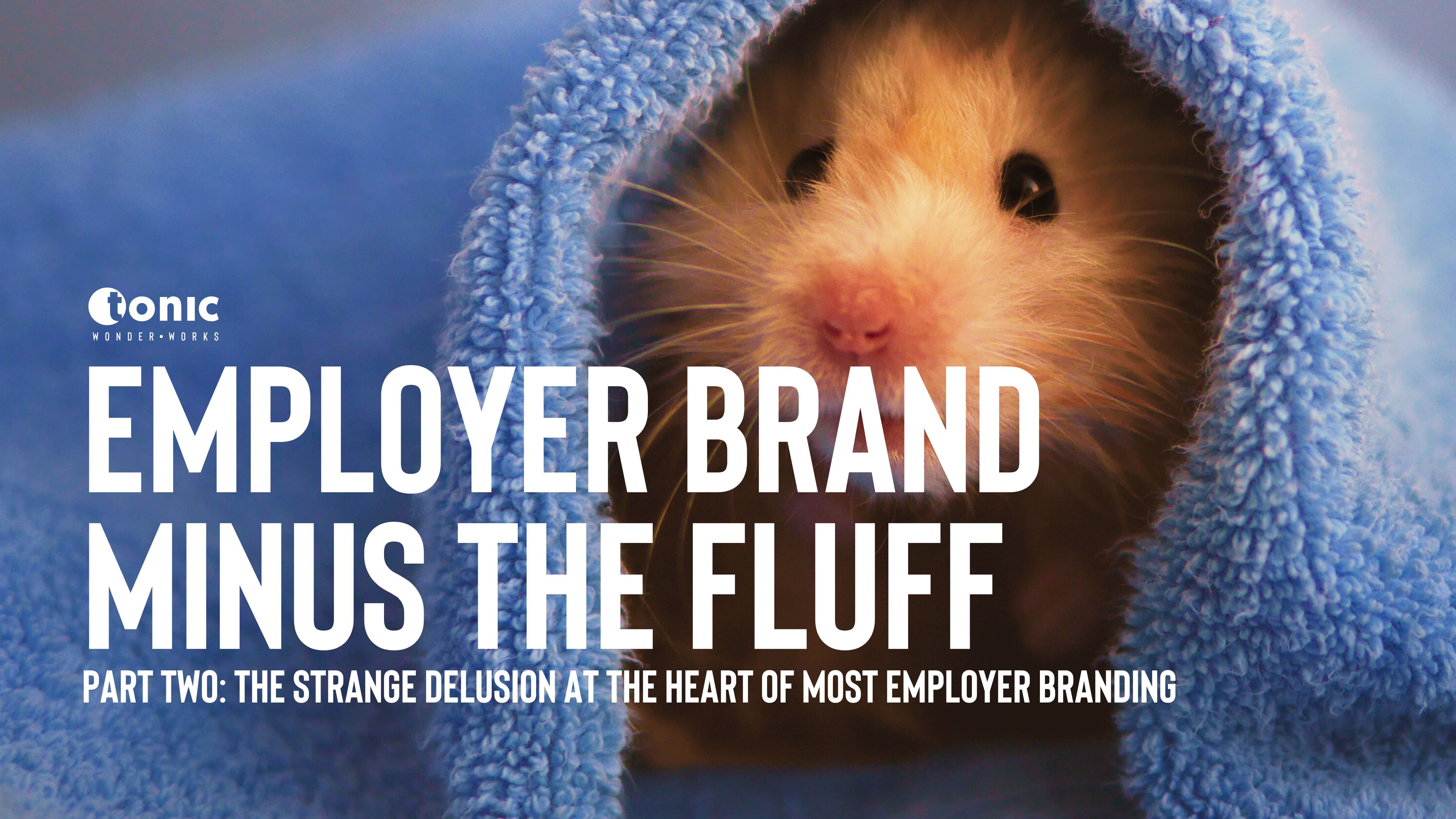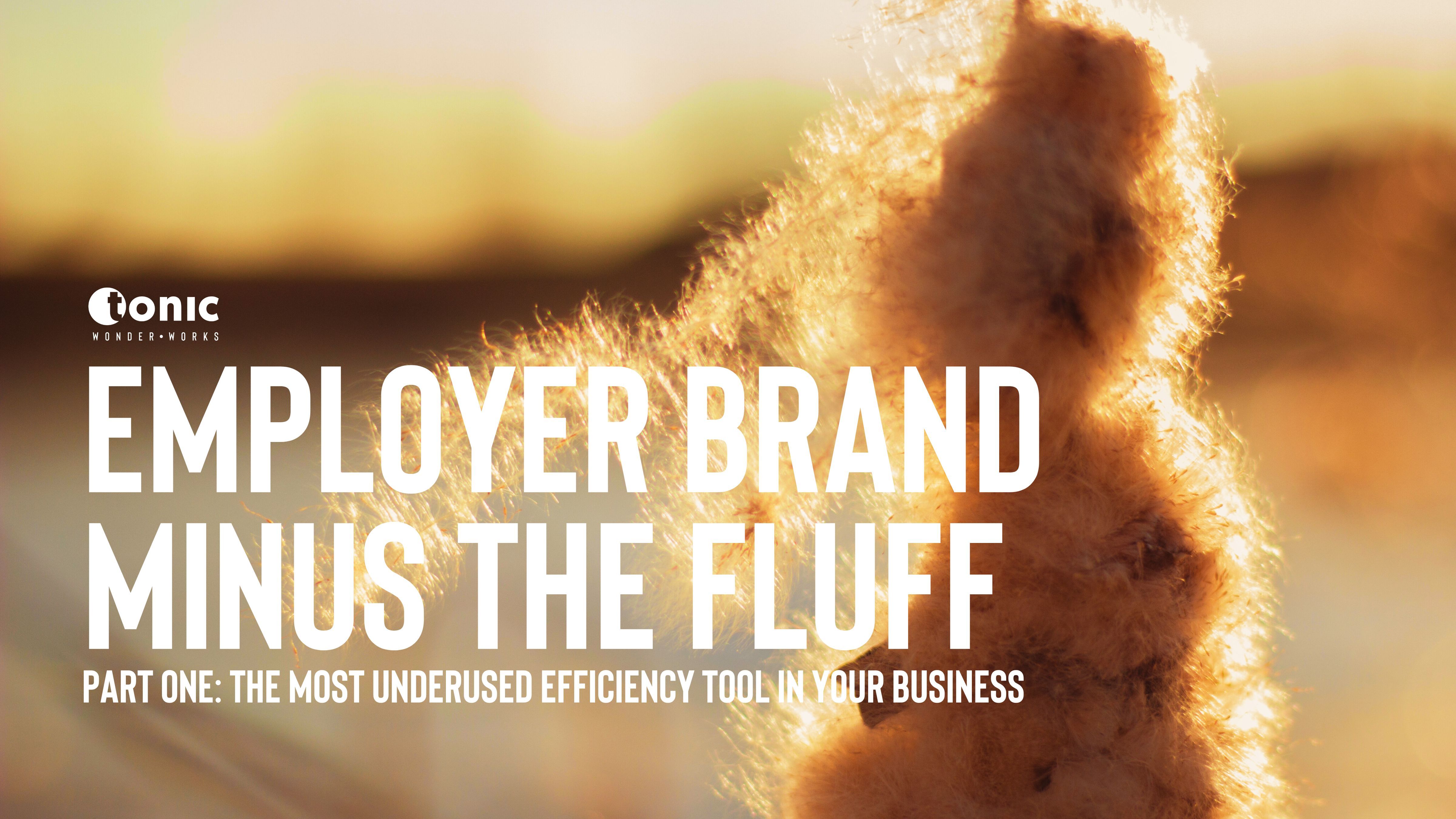When you think about innovation do you really think? Or, do you just think about the sparklers? Mark outlines how he thinks to innovate the candidate experience.
When you think of innovation what do you think of? Digital? New technology? Trending content? The latest five-must-know-things? In my experience, many of today’s employer branding innovations are generally bright fireworks that burst on the scene and then disappear just as quickly. I find true innovation depends on a way of thinking and designing that creates added value and gains real loyalty.
It means focusing beyond specific functional elements and knowing how people feel. It’s about reimagining how people might experience you. For example, Uber didn’t re-invent the car, or retrain the drivers; it innovated the way journeys are ordered; how you meet and pay for rides; changing the way they operated to meet how the customer wanted them to work. Improving the experience.
Burger King did the same. They didn’t just increase the number of ads they ran to reach more people. They considered where their audience spent their time and went where people were. In the game. Online. To get in front of thousands of people, they had the smart idea of sponsoring Stevenage Football Club. Although the club was at the bottom of the 4th division in real life. But knowing they would appear on the real team shirt, they would be ‘in the game’. Gamers were hooked. Signing the best players in the world to play for Stevenage. Turning them into the biggest team online, and Burger King were there for the whole journey. On their chest, front and centre in every game.
This is how we set Tonic up to work, and how we've thought around problems with our clients since we launched. It's how we like to do things.
We created the world’s first Twitter activated vending machine for Mars. We changed attitudes towards the British Army with a whizz-dish and cutting edge VR. We’ve used Snapchat in timed real-life experiences for Tesco. We’ve even played with digital steganography - which in our case hides a competition answer in the least significant bit of an image (we can tell you how it works).
We do firsts. We’re innovative. But not for innovation sake. We look at the whole experience we want to deliver and that creates an advantage.
For candidates and employees, there’s more noise than ever before. People quickly lose attention and interest. You have to know your audience, and I mean truly know them. Focus groups and surveys will tell you what people think. But you need more. Knowing how they feel, what makes them tick, what does their heart say that the mind won’t. Get the real answers and the entire experience will generally hold a much greater opportunity for you and for them.
How do we do that? How do we find those points of truth?
By innovating the whole experience we’re able to find rich points of differentiation through it. We start with a broad but detailed exploration of the entire candidate and employee journey, define the most frequent touch-points and think about how we connect and integrate them to create an experience that will be remembered. We’re looking for the points of difference. Of course, we ask what people need, but more importantly, we observe how they behave and what they’re interested in. People can’t tell you what they need if they don’t know they can have it. So we help them find out.
This creates a point of view that becomes our guiding principle throughout our design process. By understanding the journey, understanding the people on the journey, and understanding the business need, the solutions we create are more relevant and more differentiated.
When it comes to innovative tactics we use a technique called a “solution neutral problem statement”. Re-expressing the challenge we're given by our client from (e.g. “I need some ads for this campaign”) which in no way implies what the solution of that problem might be to (e.g. “We need to find a way to drive applications from people like this”).
By focusing on the outcome, rather than the ask, we’re able to find a completely different way of achieving the result more effectively. We can explore more options, and even if the original idea turns out to be the best, we’ll have gained greater insight and understanding because we tested it rigorously. Harvard Business School’s Michael Porter said - 'It’s about deciding what not to do', so we must look beyond the obvious solutions.
So true innovation is about more than just beautifully crafted creative work. Although as Creative Director I do love a beautifully crafted piece of work. It comes from a mindset to ask, ‘why not?’ Start with the premise there are no rules to break. Then you’re free to start truly innovating. Which is innovative in itself. I think.
